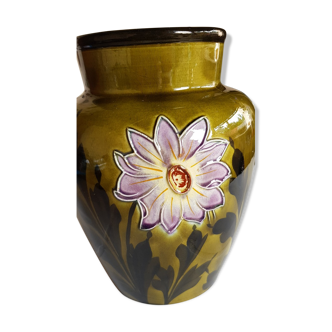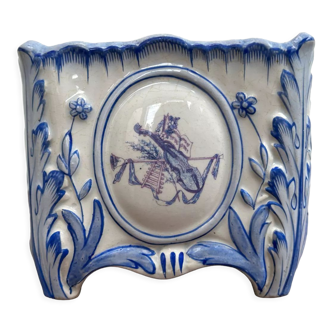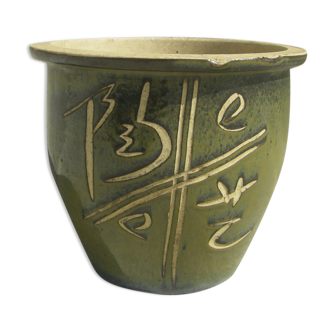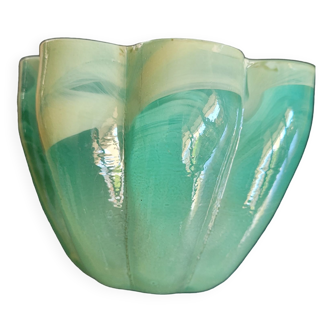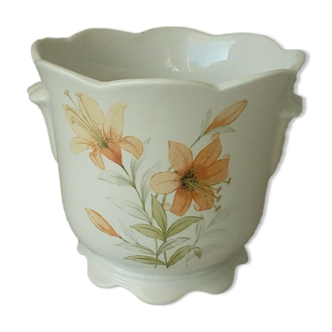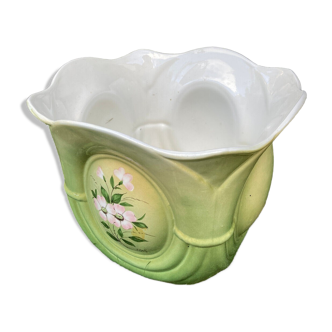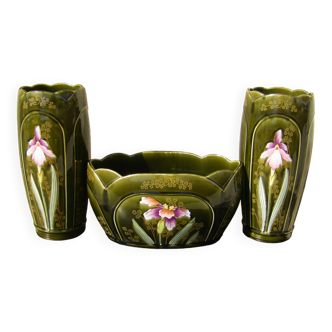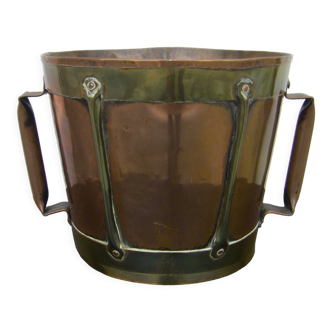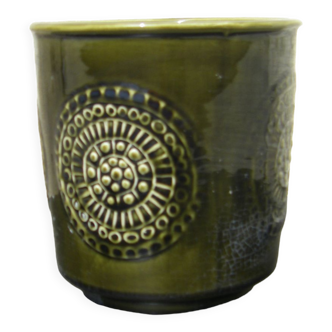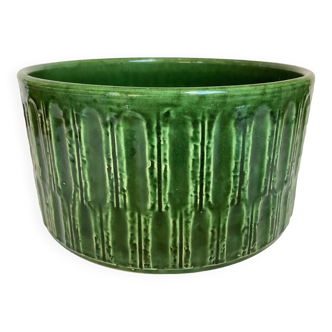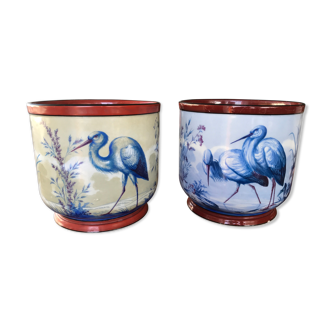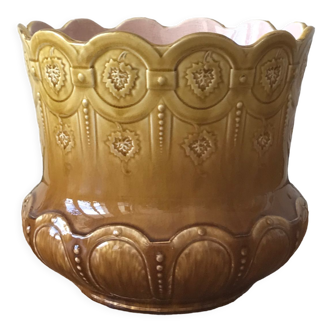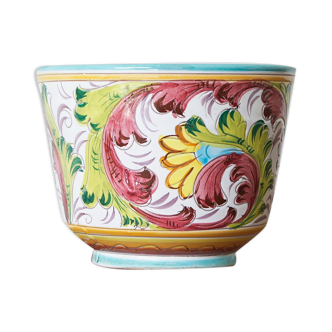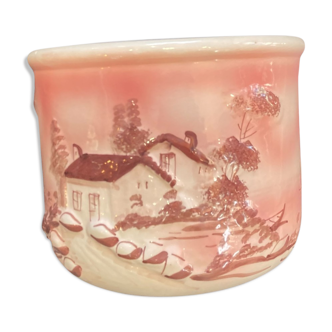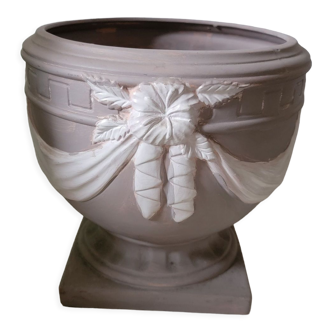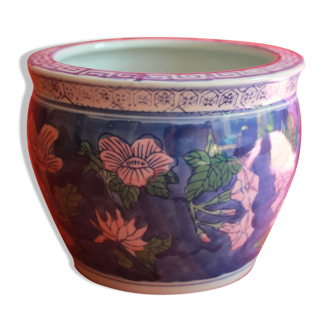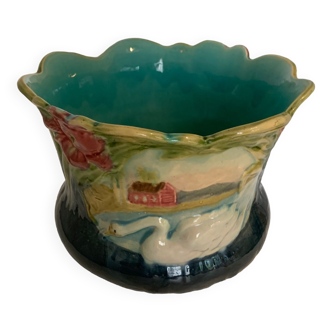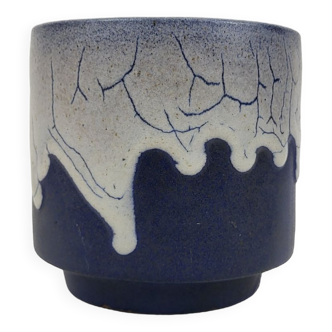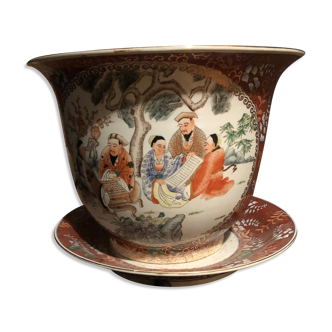Slip planter, pair, art nouveau, de bruyn earthenware, signed, numbered, fives, lille
🙈 Oops, this product is already sold or unavailable. Discover our 1500 new products or products similar to this item !
- Dimensions :
- H13 x W14 x D14
- Color :
- green
- Material :
- ceramics, porcelain and earthenware
- Style :
- classic
Charming slip planter from the art nouveau period (produced at the end of the 19th century) by the de bruyn earthenware factory in fives-lille. They are signed intaglio with the famous marine anchor where the d and b of de bruyn intertwine. This piece is numbered 7, 504. It features a charming decoration of a pink and purple flower in relief. The entire pot has a decoration of petals all around its perimeter. The green, purple and pink colors are vibrant. A true piece of ceramic art from the art nouveau period! Note the presence of a tiny little crack (see last photo) which is very barely visible. The pot is completely waterproof. Dimensions: - height of 13.0 cm (5.1 inches), - neck diameter of 14.2 cm (5.6 inches), - foot diameter of 9.8 cm (3.9 inches), weight of 610 grams (1.34 pounds).history of the de bruyn earthenware factory: in the 18th century jean bernard de bruyn already ran an earthenware factory in louvain in belgium. After his death in 1805, his son martin de bruyn managed the earthenware factory who then passed it on to his son denis de bruyn. It was antoine gustave de bruyn, son of denis, who settled in fives in 1864. First based on rue de juliers, he moved to rue de malakoff, before taking up residence at number 22 on rue de l'espérance. It is at this address that the earthenware factory is built. From 1887 the first "decorated slips" from the de bruyn earthenware factory in fives-lille appeared: plant pots, pitchers, tobacco pots but also planters and vases, fireplace tops, umbrella stands. And in 1889 de bruyn was awarded a medal at the universal exhibition in paris. In 1917, a fire ravaged the factory and seriously disrupted production. If at the beginning of the 20th century, the earthenware factory employed some 150 workers and covered approximately 1.4 hectares, it had up to 400 at the dawn of the first world war. Sold in the 1950s, the earthenware factory continued to produce before being permanently closed in 1962.
4.64 ()
























